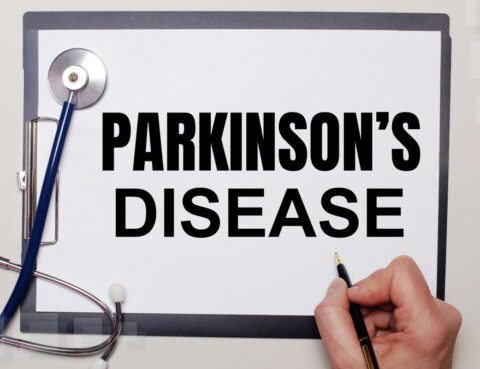
Now everyone wonders: “What is Alzheimer’s disease?”. We can tell you that it is the name of a form of progressive dementia. The development of the disease leads to a gradual loss of cognitive function in patients in the older age group (60-65 years). The pathogenesis of Alzheimer’s disease remains controversial in the medical community….

In the intricate dance of our body’s inner workings, a condition breaks the rhythm. It’s a condition you may know as peripheral neuropathy. It’s like a tiny glitch in the large orchestra of our nerves. It causes an unexpected symphony of sensations. Imagine that your nerves are messengers. They deliver messages between your brain and…

Parkinsonism is a neurological syndrome characterized by rigidity (a sharp increase in muscle tone), hypokinesia (slowness of movement), and tremors of rest, expressed in the limbs’ tremors. This syndrome is formed as a result of damage to certain structures of the brain and slowly progresses. The most famous and common form of parkinsonism is Parkinson’s…

Peripheral neuropathy is damage to one or more peripheral nerves. It includes numerous syndromes characterized by sensitivity disorders of varying severity, pain, muscle weakness, and atrophy, decreased deep tendon reflexes, vasomotor symptoms, both individually and in combination. They are classified based on anamnesis and physical examination findings. Neurophysiological studies (study of the rate of propagation…

Seizures, mysterious disruptions in normal brain activity profoundly impact lives. They affect well-being with elusive occurrences. Understanding seizures is crucial—deciphering causes, recognizing signs, and comprehending triggers. Unravel these mysteries for valuable insights. Demystify neurological phenomena for informed approaches. Navigate and manage challenges with newfound knowledge. Our goal is to understand: “What is a seizure?” …
